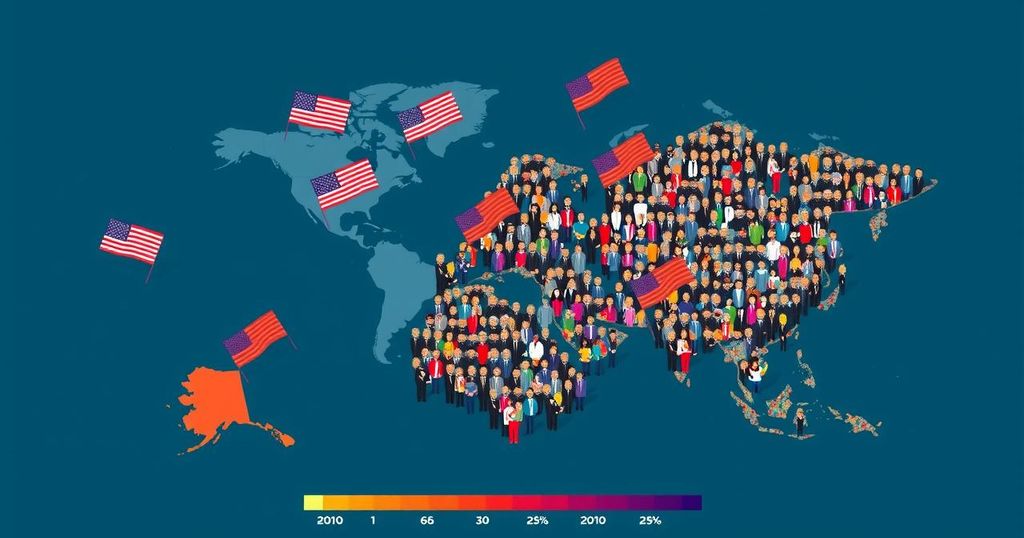The United States leads globally in economic power and military spending but faces challenges with an aging population, inadequate minimum wage, and high healthcare costs. Despite significant investment in education, public performance lags behind that of several Asian nations. As voters approach the November 5 election, these socioeconomic factors will play a crucial role in shaping their decisions.
The United States, boasting the world’s largest economy with a GDP of approximately $27 trillion, stands at the forefront of socioeconomic comparisons globally. With a per capita GDP of $65,020, the U.S. ranks seventh globally. However, challenges arise with an aging population coupled with low fertility rates, currently at 1.84. The U.S. faces numerous hardships regarding quality of life, where the federal minimum wage has stagnated at $7.25 since 2009, prompting over 80% of voters to express that it is inadequate for decent living conditions. Healthcare spending is another major issue; the U.S. leads the world in healthcare expenses at over $12,000 per capita, constituting 16.6% of its GDP, yet finds itself with a lower Health Index Score than many other developed nations. In education, despite spending 6.1% of GDP on public education, performance metrics in math, science, and reading lag behind countries such as Singapore and China according to PISA assessments. On the military front, the United States exhibits unparalleled prowess, accounting for 39% of global military expenditure, with a defense budget nearing $900 billion, reflecting 3.45% of GDP. The nation’s military capabilities are further underscored by its top ranking in the Global Firepower Index, showcasing its dominance across all domains of warfare. The upcoming election serves as a pivotal moment for American voters to consider these socioeconomic indicators as they prepare to cast their ballots on November 5.
In the lead-up to the U.S. presidential election on November 5, 2024, a comprehensive understanding of how the United States compares to other nations on various socioeconomic indicators is essential. These indicators encompass critical areas such as economic strength, demographics, healthcare access, quality of education, and military capabilities. Analyzing these facets not only provides insights into the current state of the nation but also influences voter priorities and perceptions going into the election.
In summary, while the United States maintains a position of global economic and military supremacy, it grapples with significant social challenges, such as a low minimum wage and high healthcare costs that impact quality of life. Education spending, though relatively high, does not translate into superior student performance when benchmarked against other countries. Voters must consider these complex indicators as they prepare for the upcoming election, with the potential to drive substantial policy changes.
Original Source: www.aljazeera.com






